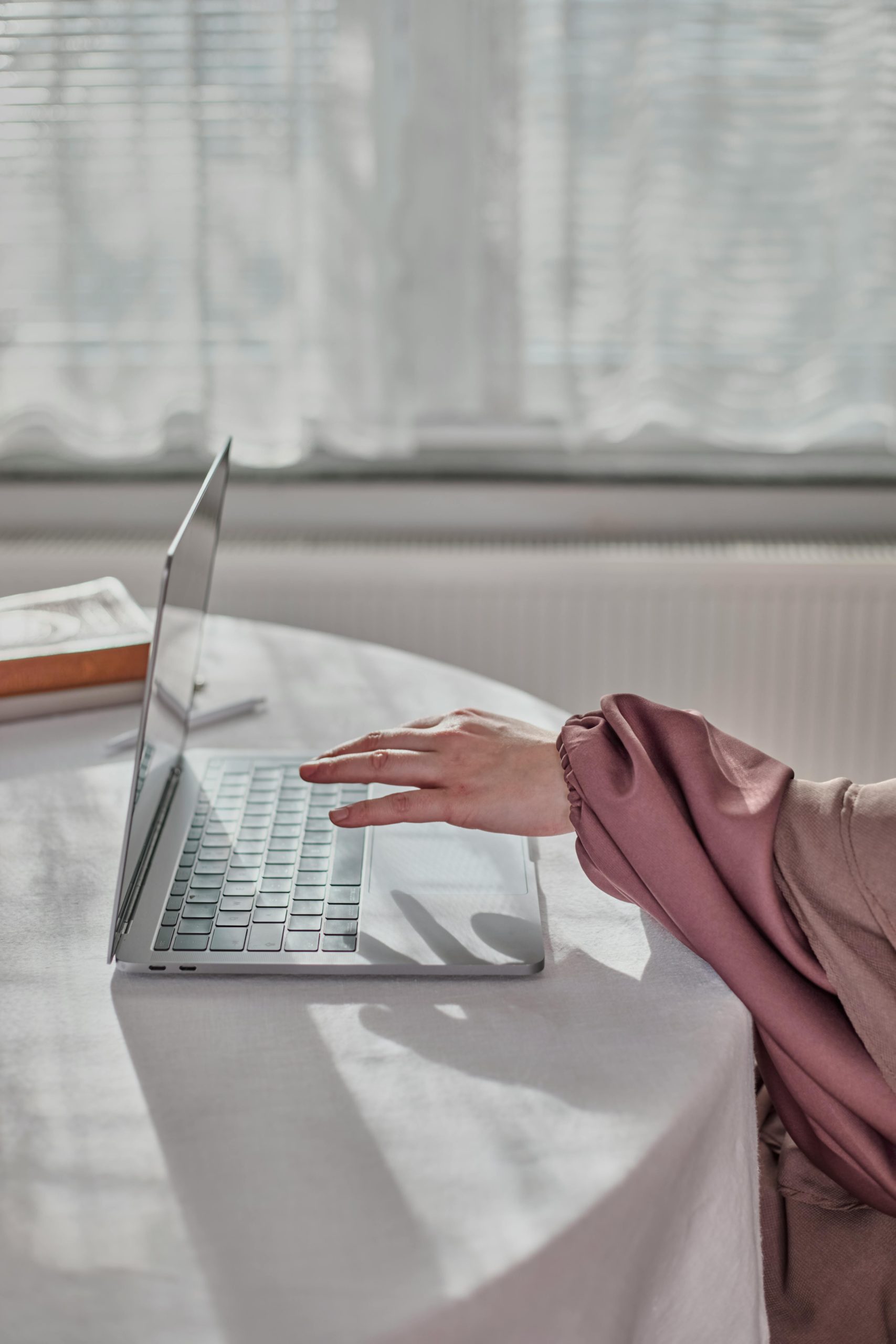In today’s hyper-connected world, digital clutter can overwhelm our minds, making it harder to focus, think clearly, and stay productive. The constant barrage of notifications, endless scrolling, and multitasking across devices can leave us feeling mentally exhausted. Digital minimalism—a mindful approach to technology use—can help declutter your mind, reduce distractions, and reclaim your productivity. Here are practical digital minimalism hacks to simplify your digital life and sharpen your focus.
Audit Your Digital Habits
Before making changes, it’s essential to understand how you currently interact with technology. A digital audit helps identify time-wasting habits and unnecessary distractions.
Track Your Screen Time
Most smartphones and computers have built-in screen time trackers. Review your usage data to see which apps or websites consume the most time. Look for patterns, such as excessive social media browsing or mindless video watching.
Identify Digital Clutter
Take stock of:
- Unused apps – Delete or archive apps you no longer use.
- Email subscriptions – Unsubscribe from newsletters you don’t read.
- Digital files – Organize or delete old documents, photos, and downloads.
Set Clear Intentions
Ask yourself: What do I want my digital life to look like? Define your priorities—whether it’s reducing distractions, improving focus, or making time for offline activities.
Streamline Your Digital Environment
A cluttered digital space can lead to a cluttered mind. Simplifying your devices and workflows can significantly enhance productivity.
Declutter Your Home Screen
Keep only essential apps on your phone’s home screen. Group similar apps into folders (e.g., “Social,” “Productivity”) and move rarely used apps to a secondary screen or uninstall them.
Turn Off Non-Essential Notifications
Notifications are designed to grab attention. Disable alerts for non-critical apps (social media, games, promotions) to minimize interruptions. Reserve notifications for messages, calls, and calendar reminders.
Use a Minimalist Browser Setup
Reduce distractions while browsing by:
- Using a distraction-free browser extension (e.g., StayFocusd, LeechBlock).
- Keeping bookmarks organized and limiting open tabs.
- Setting a homepage that promotes focus, like a blank page or a productivity dashboard.
Establish Boundaries with Technology
Creating intentional boundaries prevents digital overload and helps maintain mental clarity.
Schedule Digital Detox Periods
Designate tech-free times, such as:
- Morning routine – Avoid checking your phone for the first 30-60 minutes after waking up.
- Evening wind-down – Disconnect from screens at least an hour before bed.
- Weekend breaks – Dedicate a few hours or a full day to offline activities.
Implement the 30-Minute Rule
Before reaching for your phone during downtime, wait 30 minutes. Use this time to engage in a mindful activity—reading, journaling, or simply relaxing—without digital distractions.
Create a “No-Phone Zone”
Designate certain areas (e.g., bedroom, dining table) as phone-free zones to encourage presence and better focus on conversations or relaxation.
Adopt Mindful Digital Consumption
Being intentional about what you consume online can reduce mental clutter and improve focus.
Curate Your Social Media Feed
Unfollow accounts that don’t add value or trigger negative emotions. Follow only those that inspire, educate, or bring joy.
Practice Single-Tasking
Multitasking divides attention and reduces efficiency. Focus on one task at a time—close unnecessary tabs, silence notifications, and dedicate full attention to the task at hand.
Limit News and Information Overload
Constant news consumption can heighten stress. Set specific times to check updates (e.g., once in the morning and evening) rather than refreshing feeds throughout the day.
Conclusion
Digital minimalism isn’t about abandoning technology—it’s about using it intentionally to support a clearer, more productive mind. By auditing your habits, streamlining your digital space, setting boundaries, and consuming content mindfully, you can reduce mental clutter and reclaim focus. Start small, experiment with these hacks, and gradually build a digital lifestyle that aligns with your priorities. A decluttered digital life leads to a decluttered mind—and ultimately, greater productivity and peace.
